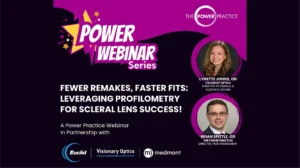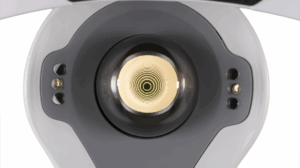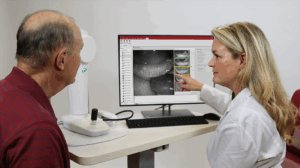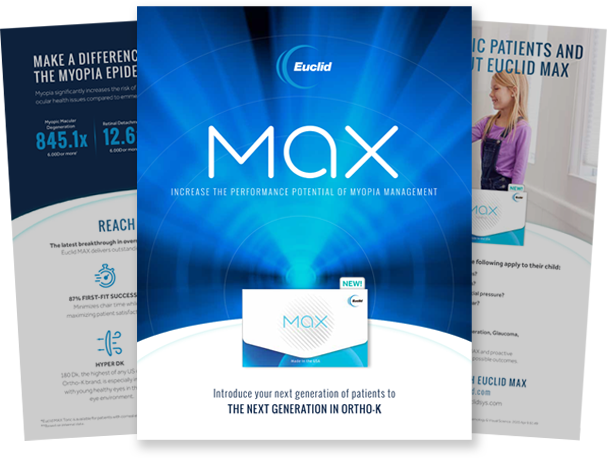The ongoing rise in the incidence of myopia is a powerful reminder of the critical need for effective lens-based interventions for those patients hit hardest by the epidemic – young people around the globe. Euclid has made this our mission for the past 25 years. Our clinical teams continuously evaluate real-world scientific data in search of new information that can be used to improve our design algorithms and ensure an equilibrium of quality vision, fit performance, and myopia management.
Recently, during a routine literature review, we recognized a high number of well documented, peer-review clinical studies that have incorporated Euclid designs into their protocols, from as early as 2011:
- Kakita T, Hiraoka T, Oshika T. Influence of Overnight Orthokeratology on Axial Elongation in Childhood Myopia. Invest Ophthalmol Vis Sci. 2011;52(5):2170. doi:10.1167/iovs.10-5485
- Zhu MJ, Feng HY, He XG, Zou HD, Zhu JF. The control effect of orthokeratology on axial length in Chinese children with myopia. BMC Ophthalmol. 2014;14(1):141. doi:10.1186/1471-2415-14-141
In the past 10 years alone, independent researchers have performed and published over 20 peer-reviewed, clinical studies analyzing the experiences of 1,600+ Ortho-K patients. Practitioners measuring keratometry changes, uncorrected daytime vision, topographical map changes, and axial length during multi-year studies consistently show high success with Euclid Ortho-K in varied protocols. Science today tells us that reducing axial length growth while correcting daytime refractive error is one of the most critical goals to successfully managing the myopic patient.
“OK suppressed axial elongation in myopic children, suggesting that this treatment can slow the progression of myopia to a certain extent.” – Kakita et. al.
“This 2-year study indicates that Ortho-K contact lens wear is effective for reducing myopia progression in children with low, moderate and high myopia.” – Zhu et. al.
The study by Kakita et. al found mean axial growth rate was significantly less in the Euclid Ortho-K group (0.15 mm per year) compared to the spectacle control group (0.30 mm per year). Similarly, Zhu et. al found an overall 51% slowing of axial length elongation in Euclid Ortho-K compared to spectacle controls.







